Video Interview: Tips To Make A Good Impression On The Camera
First-selection interviews between applicants and recruiters were often held over the phone for several years. Quick access to multiple video conferencing tools today allows businesses to emphasize face-to-face on-screen meetings and provides candidates with a rare opportunity to get a successful first impression. If you do an interview online, it is the little details that matter a lot.
- Sign in to the app
If you’re planning to talk about Skype, Go To Meeting, Google Hangout or some other software program, make sure you know how to use it before you go to the Video Interview live. Using video messaging with a friend, or a family member who has a computer in the next room to use the specific app. Make sure you know how to mute without messing up by mistake, for example. Understanding the program will help you to concentrate on the interview itself, not to mention avoiding the latest technology being confused.
- Offer with digital handshake equivalent
First experiences are made on video, as they do in person, within 17 seconds. And about 93 percent of our snap decisions are focused on non-verbal indications. In other words, it is not by what they say that we get a feeling for them, but by how they stand the expression on their face, how they are dressed, and more.
- See the camera and not the screen
You have to look at the camera lens, not the frame, to maintain eye contact. It is hard to note because we are all obviously tempted to take a straight look at our phones. And don’t forget to see the camera lens on your laptop if you have a laptop plugged into a projector.
Remember, if you’re using a laptop, make sure it’s elevated and the glass is straight and not sideways leaning. Ideally, See the camera and not the screen.
- Dress up as you should for an interview face to face
Good Dress Up! It is an official Video Interview, even if you sit in your kitchen. Be cautious about putting a dress shirt on top of sweatpants, or a sweater. Whether you need to get up to change a cable or lamp, the interviewer will be able to see the entire outfit.
- Dress up your room
The first impression involves a sense of what’s around the. Before the Video Interview, this is another excellent reason to practice with the software: You will be able to see what the interviewer will see behind you and next to you. Include plants or put books and magazines on shelves to create an attractive, professional atmosphere. Just make sure that you avoid any dishes, children’s toys, chip bags or any other clutter that has no place in a professional environment. The aim is to make the history look a clean place of work.
- Only think of a photographer
You can need to warm up the lighting by adding lamps and strategically placing them. If you’re videoconferencing in front of a white screen, just illuminated by the bright overhead sun, make sure you don’t have unflattering shadows on your face that make you appear tired! Always, make sure you don’t cover your face in the dark, so you don’t have a halo light effect around your eyes. Before the interview, take pictures of yourself with your camera to see how you look and make changes where appropriate.
- Remove background noise
You wouldn’t bring your dog, your kids or a TV in the interview room if you were meeting face to face. In-person, anything which is not appropriate over Skype or any other visual channel.
- Check your connection
If you have a bad link, find a better Wi-Fi location before the interview. Calls dropped and freezing is understandable, but these detract from the interview and negatively reflect on your ability to prepare ahead. Until the interview makes sure your audio is at the appropriate stage.
- Close all other programs
This irritates interviewers when they disrupt the conversation with pings and beeps. Only hold open tabs that are important to the interview. We also warn against keeping your phone where you can see it; looking at the updates and messages that come in during your conversation is just too tempting. Interviewees will remember, and the chances of getting to the next level may be hurting.














